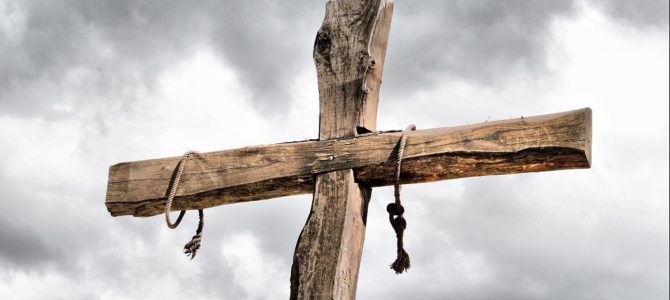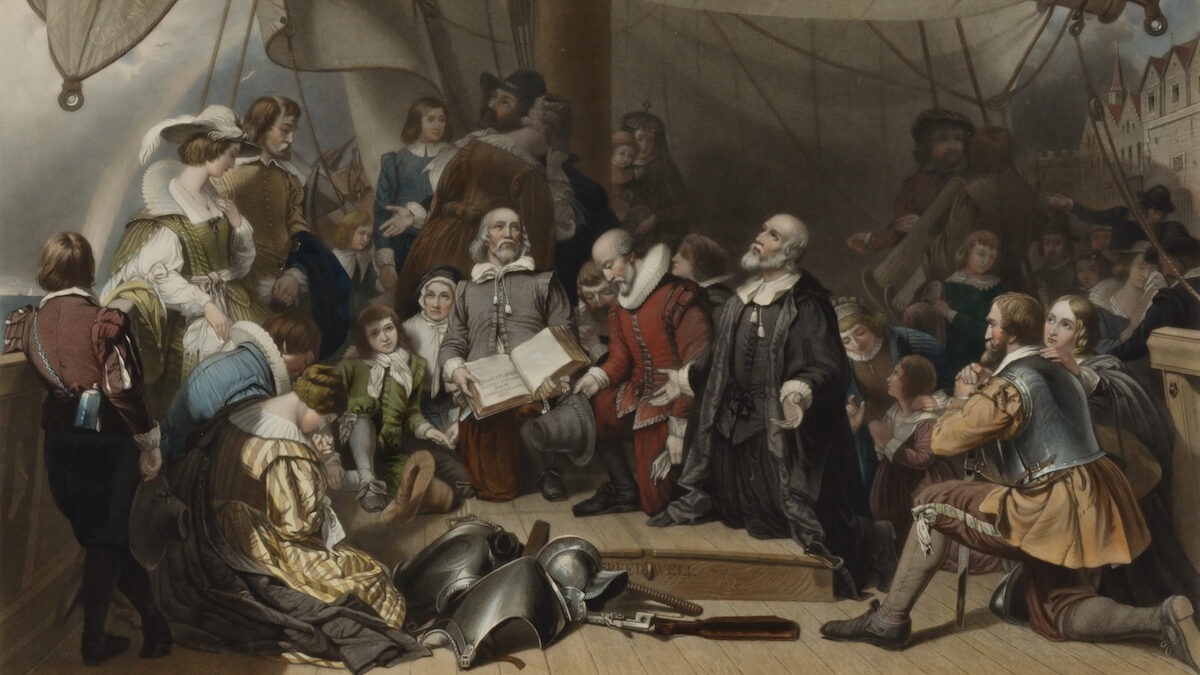As the United States remain in the throes of a global pandemic, Christians around the world commemorate Christ’s suffering on the cross. The parallels between the original Good Friday and the modern version run deep. But they also bring a message of hope and salvation.
Horrific Death
On a basic physical level, the coronavirus renders an eerie echo of that first Good Friday. The virus attacks patients’ lungs, crippling them with a pneumonia that leaves them gasping to breathe. The plague has turned ventilators into a de facto coin of the realm, with hospitals and states scrambling to procure more machines in a desperate attempt to limit the loss of life.
Two millennia ago, Christ suffered a similar fate on the cross. Among the many cruel methods of execution developed by ancient and medieval societies, crucifixion ranks as one of the worst. Like coronavirus patients today, crucifixion victims died gasping for air, their lungs filling with fluid as their arms stretched outward.
Crucifixion gave victims a slow, torturous death—and was designed to do so. St. Mark’s Passion describes Pontius Pilate as “amazed” that Jesus died within a mere three hours. St. John’s Passion notes that the Jewish authorities asked Pilate to break the legs of the two individuals crucified with Jesus—they wanted the other victims to die of blood loss, rather than asphyxiation, because they needed to remove the bodies prior to the start of the Sabbath at sundown.
Isolation in Suffering
Christ not only suffered a painful death, he did so while abandoned by most of his followers. The throngs that had welcomed him into Jerusalem but a few days before scattered and dispersed.
Peter, the proclaimed “Rock” of Jesus’ church, had denied any association with him. St. Mark and St. Matthew both note that the emotional and physical torture prompted Jesus to exclaim just before his death: “My God, my God, why have you abandoned me?”
Coronavirus patients not only suffer from physical pain, they incur some of the same emotional separation Christ experienced. The highly infectious nature of the virus has forced hospitals to curtail visitors, such that too many patients who perish die without family or loved ones present.
One article discussing the pandemic in Louisiana, a coronavirus hot spot, described the heart-rending scenes:
In the hurried minutes before a coronavirus patient is intubated, sedated, and placed on a ventilator, nurses are rushing to set up phone calls and video chats with the patient’s family—a chance to say goodbye, potentially for the last time.
‘The patients usually try and get words out but they can’t. They’re just gasping for air,’ said an ICU nurse….’They can’t even say ‘I love you.’’
In some cases, patients deteriorate so rapidly that family members don’t have the opportunity to say goodbye; in other cases, nurses claim that hospital policies have prevented family from visiting patients, even in their final moments. And in all cases, current social distancing policies prevent families from hosting traditional funerals, where loved ones can gather to mourn and reminisce, until the pandemic abates.
The Hope of the Cross
Even amidst the darkness, light can shine forth, as much now as on that original Good Friday. Three of the Passion narratives—St. Matthew, St. Mark, and St. John—specifically mention the disciples who stood at the foot of Jesus’ cross. Most of Christ’s followers abandoned him in his hour of anguish, but some never did.
Likewise, in these dark days of our current pandemic, nurses and other medical personnel continue to act heroically to ensure their patients do not die alone or forgotten. From arranging phone calls with loved ones to allowing priests to administer last rites (while wearing personal protective equipment) to praying for patients, the first responders work to keep their charges engaged emotionally and spiritually—not least because this day, above all other days, puts the world’s current anguish in perspective for Christians worldwide.
To the faithful on this Good Friday, the cross itself provides not just a symbol of suffering, but also an emblem of hope—of conquering sin, death, and despair—at a time of intense grief around the world. As the old Methodist hymn so beautifully notes:
So I’ll cherish the old rugged Cross
‘Till my trophies at last I lay down
I will cling to the old rugged Cross
And exchange it some day for a crown.









